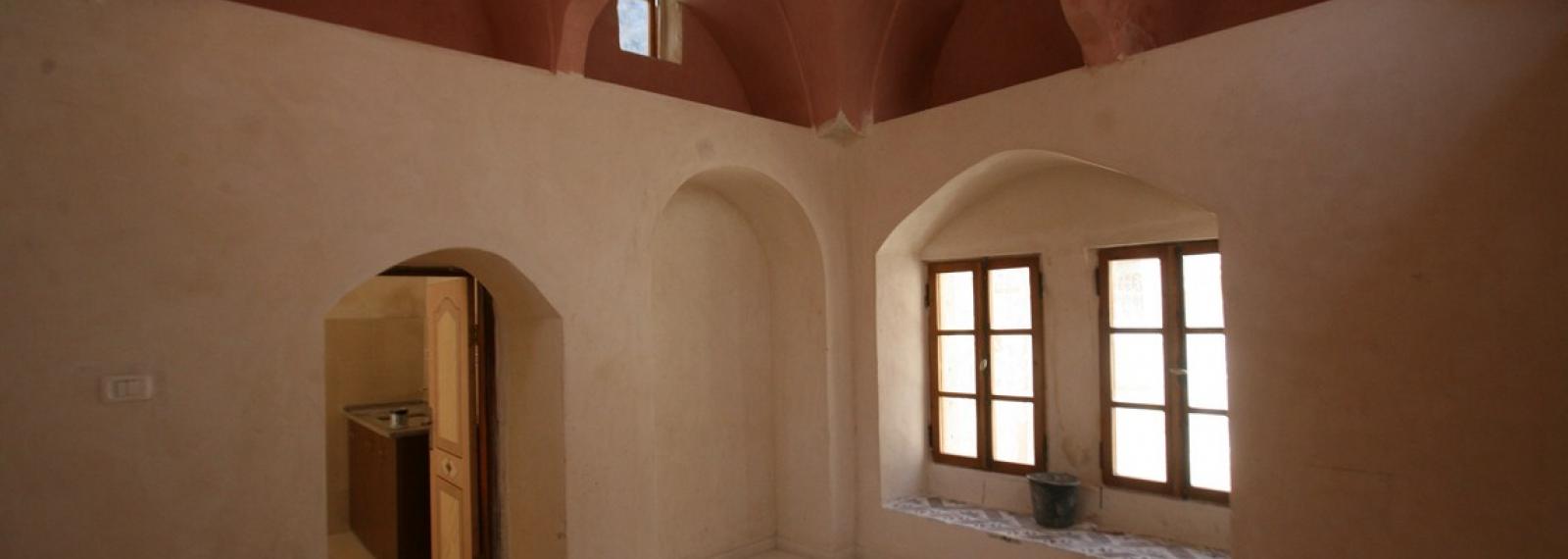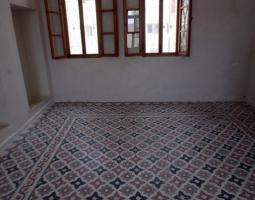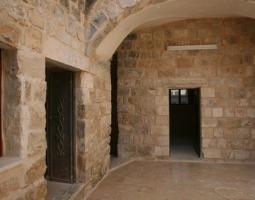The Darwazeh Complex (Hosh Darwazeh)

A large part of this complex had been destroyed as a result of the main Israeli incursions of 2002 and those ensuing. Five families who had been forced to leave the area at the time were able to return after the WA team completed its rehabilitation intervention in 2010. This was considered an emergency intervention, as the buildings and destroyed part of the complex constituted a hazard to the surrounding inhabitants, which needed an urgent solution. Rehabilitation of the buildings was implemented in a number of phases, starting with careful removal of all the rubble , after experts had inspected the site to make sure that there were no bombs or gas cylinders. In addition, a study was carried out to assess the structural status of the foundations and main walls, whereby advanced form scaffolding was introduced to support the buildings. Later, extensive meetings were held with the inhabitants to delineate the contours and exact locations or borderlines of the buildings. The buildings were re-designed to heed the memory and perceptions of the interviewed inhabitants. The rooms were rebuilt according to the traditional cross-vault style, utilizing traditional materials. Skilled and technical laborers from Hebron were employed to carry out the traditional construction work in the initial phases. Meanwhile, local laborers from the Nablus area were trained in these traditional methods of building.Finally, coordination with the municipality took place in order to facilitate the return of previous inhabitants to their housing units.A whole residential complex (Hosh), where 18 families lived, was completely destroyed in 2002 during the Israeli invasion of Nablus. The Technical Office implemented a comprehensive reconstruction project including a phase to remove debris & remains and 2 phases for reconstruction of the destroyed parts, provision of new infrastructure and restoration of the remaining historic parts. Project implementation started in 2006 and completion is expected before end 2009.




